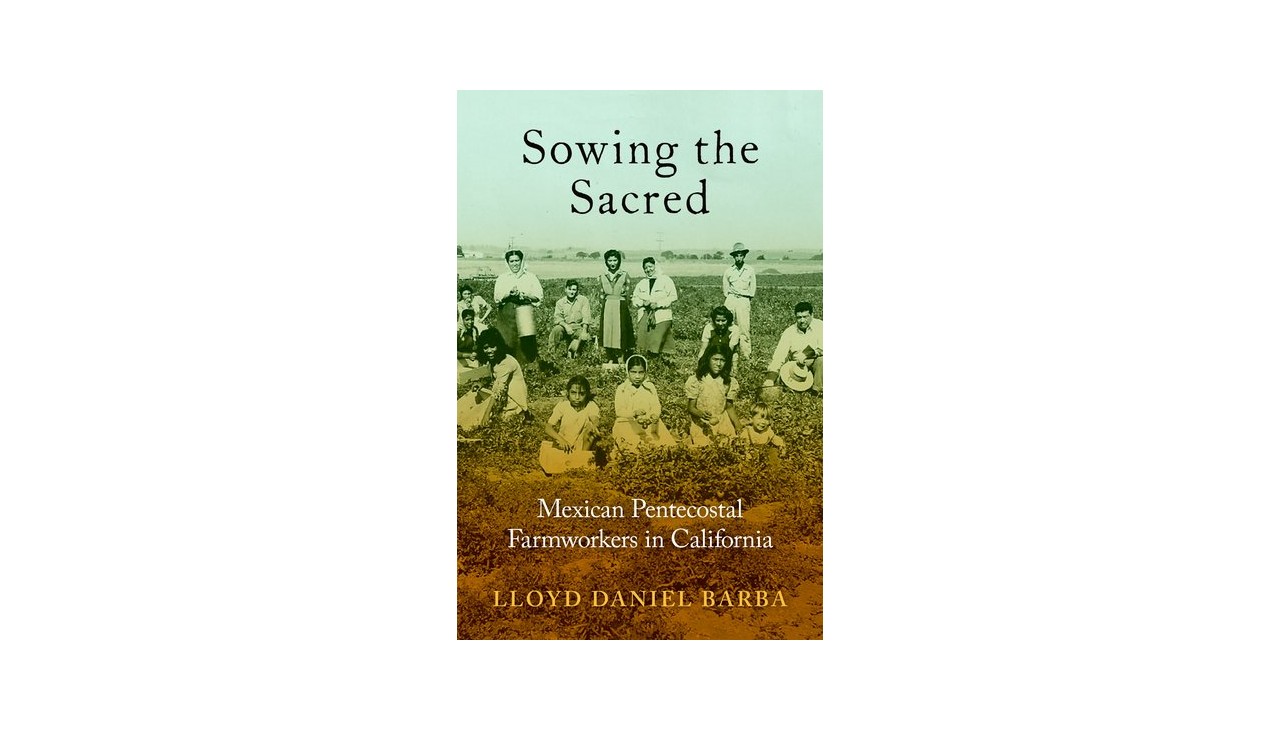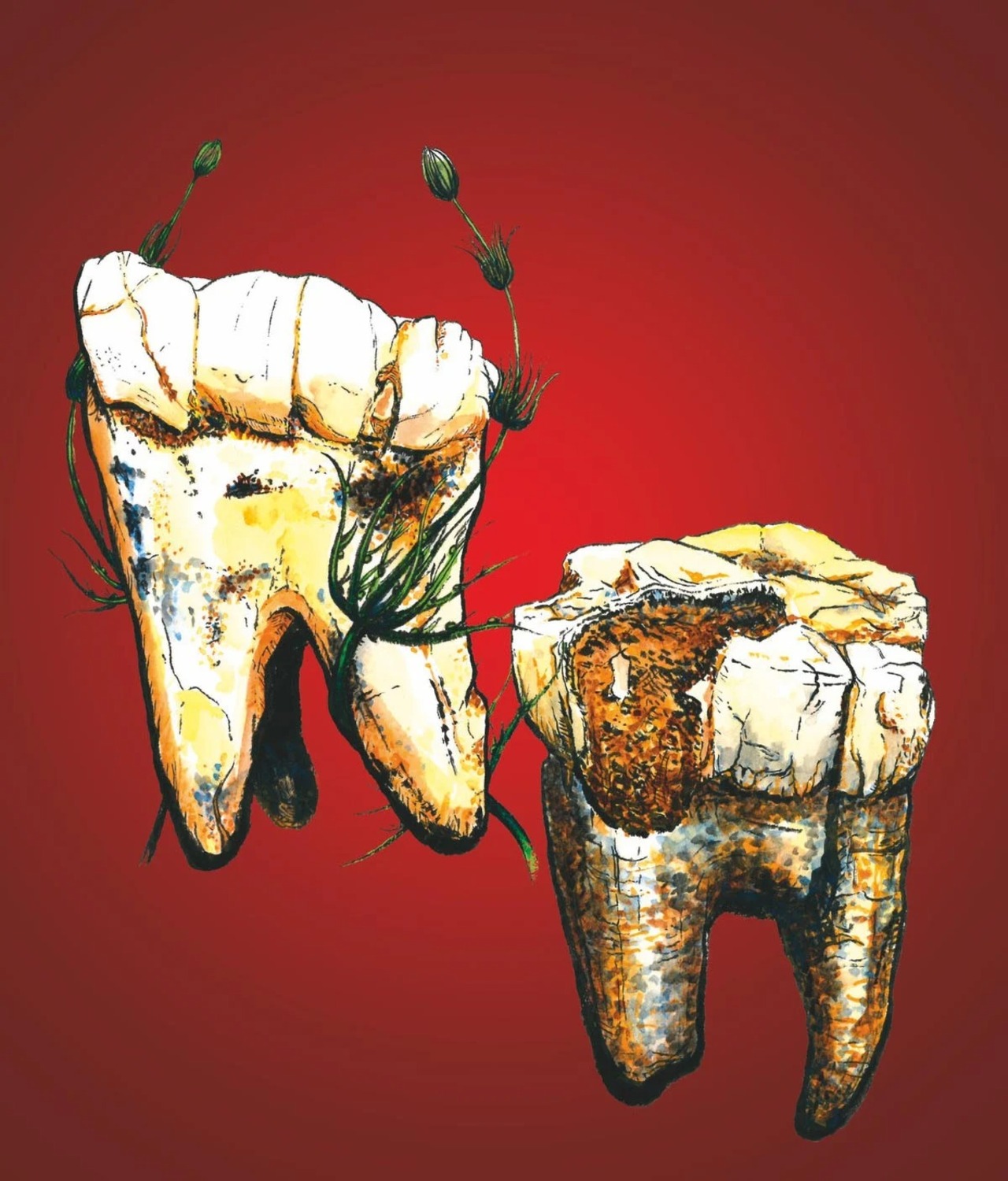
How did Pentecostalism help to improve working conditions for Mexicans in the fields?
In ‘Showing the Sacred,’ Latino professor Lloyd Daniel Barba looks at immigrant farmworkers' varied and sacred artistic outlets, material culture, and religion.
Dr. Lloyd Daniel Barba, a historian of religion in the Americas at Amherst College, has spent part of his career collecting the stories of California’s Mexican farmworkers who embraced Pentecostalism, a Protestant Charismatic Christian movement that emphasizes direct personal experience of God through baptism with the Holy Spirit, often criticized for its fanaticism. Why focus on this Religious aspect? To write a more accurate history of agricultural Latino laborers in California.
The result is Sowing the Sacred (Oxford University Press, 2022), a book that traces the development of Pentecostalism among Mexican-American migrant laborers in California's agricultural industry from the 1910s to the 1960s.
At the time, Pentecostalism was often seen as a distasteful new sect rife with cultish and fanatical tendencies. U.S. growers thought of Mexicans as no more than a mere workforce not fit for citizenship, and industrial agriculture was celebrated for feeding American families while its exploitation of workers went largely ignored. Farmworkers were made out to be culturally vacuous and lacking creative genius, simple laborers caught in a vertiginous cycle of migrant work.
RELATED CONTENT
The book argues that farmworkers from La Asamblea Apostólica de la Fe en Cristo Jesús carved out a robust socio-religious existence despite these conditions, and in doing so, produced a vast record of cultural vibrancy.
Barba, a first-generation college student and son of Mexican immigrants, also writes about the role of women in these church spaces “who were the foundation of the church," despite not given ministerial credentials to become preachers. They raised money for the building of churches by selling food and made the worship spaces look holy through their handmade goods, such as doilies and fabric embroidered with biblical phrases, Barba told the Religion News Service, RNS.
“To do a material history of this Mexican Pentecostal movement is to do women’s history,” Barba added to RNS.
Examining racialized portrayals of Mexican workers and their religious lives through images created by farmworkers themselves, Sowing the Sacred draws on oral histories, photographs, and materials from new archival collections to tell an intimate story of sacred-space making. In showing how these workers mapped out churches, performed outdoor baptisms in grower-controlled waterways, and built and maintained houses of worship in the fields, the book considers the role that historical memory plays in telling these stories.












LEAVE A COMMENT: